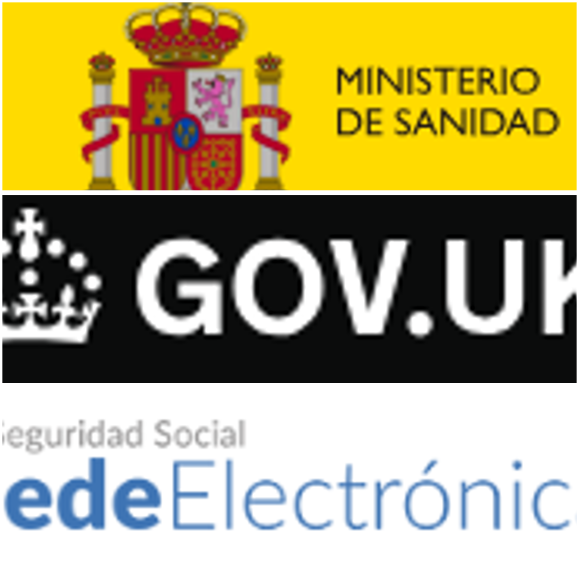Welfare
Four Pillars in Spanish Welfare State
The Welfare State in Spain stands on four main pillars. These are education, healthcare, pensions, and social assistance. Together, they form the foundation of social protection. Their goal is to guarantee equality and dignity for all citizens.
Education is the first pillar. Spain offers free and compulsory education from ages six to sixteen. Public schools exist across the country. Families can also choose private or semi-private schools. The state ensures access to higher education through public universities. Education reduces inequality and gives people better job opportunities.
Healthcare is the second pillar. Spain has a universal public health system. It covers all residents, regardless of income or employment. Primary care centers and hospitals provide most services free of charge. Patients only pay part of the cost of medicines. The system is financed mainly through taxes. Healthcare in Spain ranks among the best in Europe.
Pensions form the third pillar. They provide income after retirement. Workers contribute through payroll taxes during their careers. When they retire, they receive a monthly pension. The system also supports people with disabilities and surviving family members. This ensures stability and security in old age.
Social assistance is the fourth pillar. It targets vulnerable groups. These include the unemployed, low-income families, and people at risk of exclusion. Programs include unemployment benefits, housing aid, and child support. In recent years, Spain introduced the Minimum Vital Income. This benefit reduces poverty and gives families a safety net.
The four pillars of the Welfare State work together. They protect citizens from risks linked to illness, old age, and poverty. They also promote equal opportunities through education and healthcare. Spain faces challenges like aging and economic pressure. Still, these pillars remain central to social cohesion and well-being.






